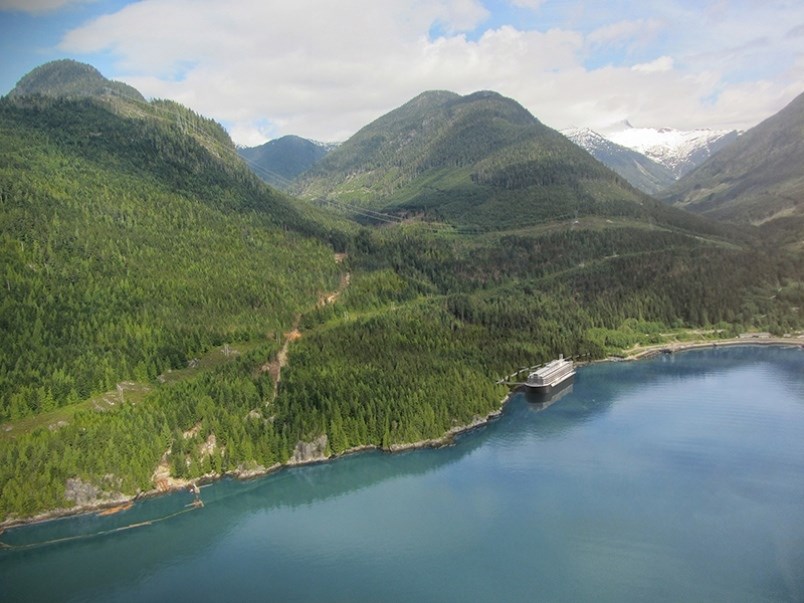As the public comment period for Woodfibre LNG's latest plans to house workers comes to a close, the Squamish Lillooet Regional District (SLRD) is repeating its questions and concerns about the project’s accommodation.
The SLRD submitted a letter to the B.C. Environmental Assessment Office in 2015 regarding the environmental assessment prepared for Woodfibre LNG earlier that year, highlighting key concerns about the project's potential social effects on housing, accommodation and the preparation of a traffic management plan.
“In the almost five years since the environmental assessment application was submitted, the housing affordability and availability situation in Squamish and adjacent communities has worsened, not improved,” a staff report from the board's Nov. 27 meeting states.
The latest comments come after Woodfibre announced its intentions for floating construction worker accommodation. Representatives from Woodfibre declined an interview with The Chief, saying they will respond to feedback through the formal process.
After the Nov. 27 meeting, SLRD board chair Tony Rainbow told The Chief that residents of Britannia Beach are mostly relieved that there won’t be a land-based work camp near the small community.
“They’re happy with this decision,” Rainbow said. “There are still a number of questions that need to be asked. Would it have a positive impact on Squamish in terms of availability of rental housing? I think, yes it will. If there's no workcamp there, then we’d be facing a lot of people on the highway, driving from the Lower Mainland."
The staff report to the SLRD outlines its concerns around housing, traffic and what it says are contradictions in Woodfibre’s application.
“In particular, clear and consistent estimates for the number of in-migrant workers that will need to be housed outside of the proposed floatel are not provided,” the report said. “In addition, it is not clear how many single-occupant vehicles will be introduced into the Sea to Sky Highway system as a result of this modified proposal.”
The SLRD report also focuses on the timeline of the accommodation, and its potential impact on the housing availability in Squamish.
“Ideally, the floatel would be in operation for the entire construction period beginning in April 2021 and ending in February 2024 (a total of 51 months), instead of only addressing peak demand for a 35-month window as the amendment application indicates. It is not clear in the amendment application where workers are proposed to be housed during the other 16 months and how many workers will need to be housed during these periods. Further, there is some concern that looking at this project in isolation (as opposed to in conjunction with the Fortis Eagle Mountain to Woodfibre Gas Pipeline project that has a similar construction timeline and will supply Woodfibre LNG) does not paint a full picture of the potential impacts to the local housing market.”



